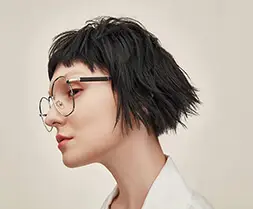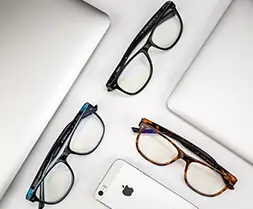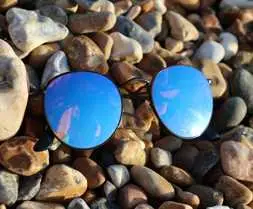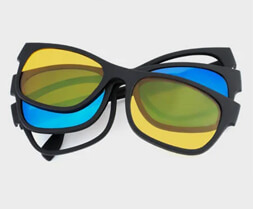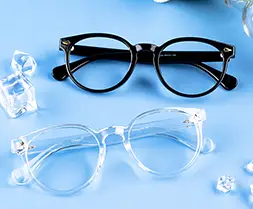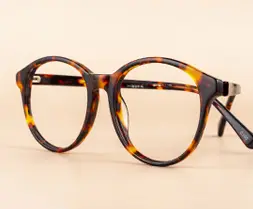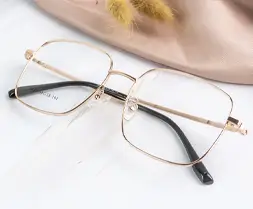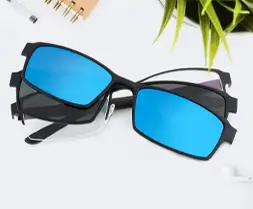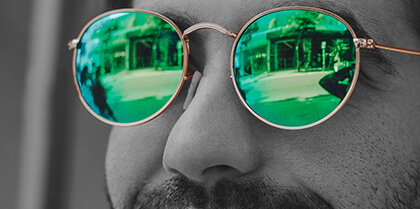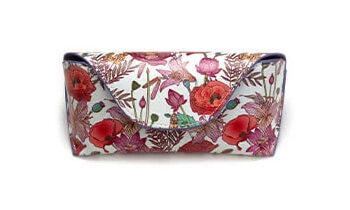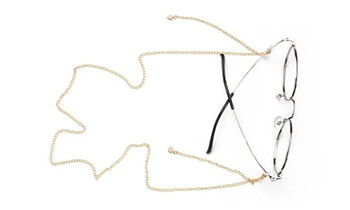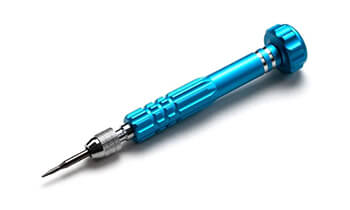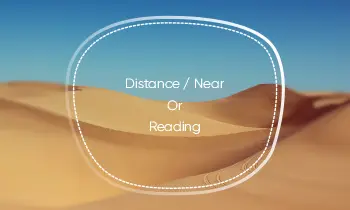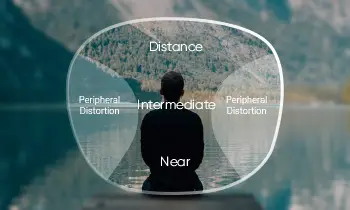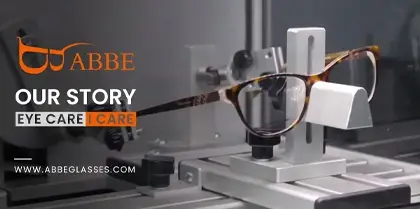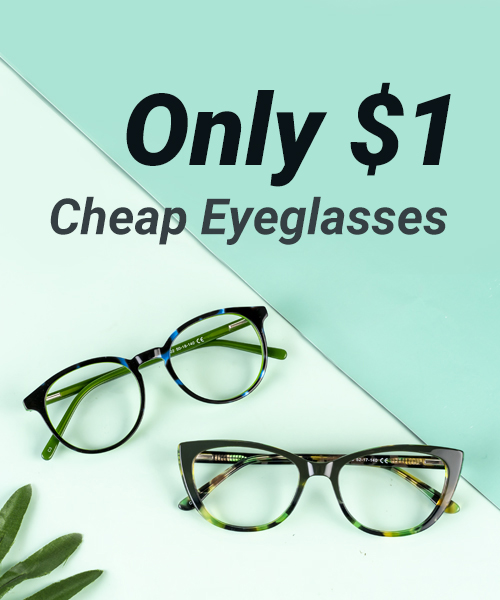Many people have good habits of disinfection. Not only alcohol sprays and disinfectants, but many people have purchased ultraviolet germicidal lamps to sterilize all aspects of their homes. Sounds like a good thing, but some people over-irradiate and burn their eyes.
Ultraviolet knowledge
The International Commission on Illumination classifies UV radiation into four wavelength bands:
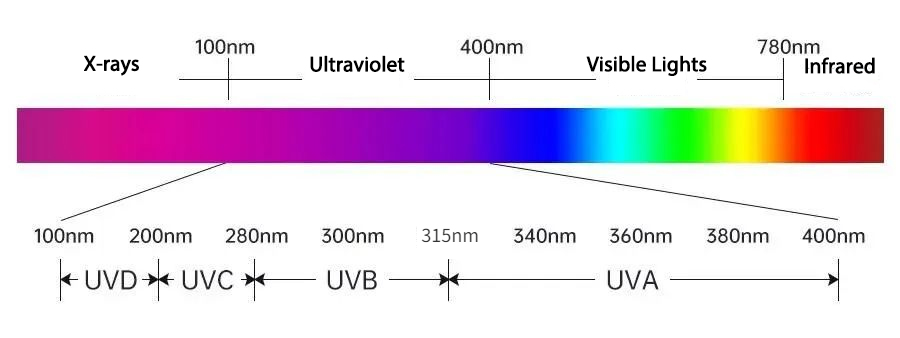
UVAThe UVA band, with a wavelength of 315-400nm, is also known as long-wave dark spot effect ultraviolet light. More than 98% of the long-wave ultraviolet contained in sunlight can penetrate the ozone layer and clouds to reach the earth's surface and tan our skin. In addition, 365nm ± 5nm wavelength of UVA ultraviolet meets the phototropic response curve of insects and can be used to make insect trap lamps.
UVB band, wavelength 280-315nm, also known as medium-wave red spot effect UVB. The ozone layer absorbs most of the medium-wave UVB contained in sunlight. Therefore, UVB can promote mineral metabolism and vitamin D formation in the body. In addition, UVB can usually be used as a UV health lamp or plant growth lamp, but long-term or excessive exposure will make the skin red and peeling.
UVC band, wavelength 200-280nm, also known as short-wave sterilization of ultraviolet light. It has the weakest penetrating ability and cannot penetrate most transparent glass and plastic. But short-wave UVC is very harmful to the human body. Short exposure can burn the skin, and long-term or high-intensity exposure will also cause skin cancer. The UVC short-wave ultraviolet radiation issues UVC germicidal lamp.
UVD band, wavelength 100-200nm, also known as vacuum ultraviolet, this band of ultraviolet light is strongly absorbed by oxygen in the air, so it can only propagate in a vacuum and cannot exist in places with oxygen, which does not exist in the natural environment where humans live.
Our corneas and crystalline lenses are very sensitive to UV light, and staying in a room with UV light for too long, even without looking directly at the lamp, can lead to corneal sunlight ophthalmia.
Sunlight ophthalmia also called electrophthalmia, is caused by damage to the superficial corneal epithelium and conjunctival epithelium after the cornea and bulbar conjunctiva absorbs large amounts of UVB and UVC, resulting in damaging inflammation.
Sunlight ophthalmia does not occur immediately after UV exposure to the eye but usually develops within 3-8 hours. When sunlight uveitis appears, there is redness and swelling of the eyelids, conjunctival congestion, and edema, accompanied by severe eye pain, foreign body sensation, photophobia, tearing, and blurred vision.
The more common forms of sunlight ophthalmia appear in the following four conditions.
1. After prolonged unprotected eye gazing at welding (welding ophthalmia)
2. Staying long in the vast snow when the weather is clear (snow blindness)
3. Prolonged eye opening in the hot sun (e.g. beach volleyball)
4. Prolonged exposure of medical personnel to UV lamps (UV lamp ophthalmia)
Once you feel that your eyes have been damaged by UV light and the symptoms are severe, you should immediately go to a hospital ophthalmology clinic. After that, pay attention to eye rest, do not overuse eyes, avoid bright light stimulation, the eye can be localized cold compress, and do not rub eyes with hands.
Although sunlight ophthalmia symptoms are frightening when they appear, the corneal epithelium is extremely capable of repair. It can usually be cured in two or three days with professional anti-inflammatory and pain-relieving treatment, and no sequelae will remain. However, if you still have blurred vision after two or three days, you should consider that the retina may have been damaged and need to seek a medical examination.


